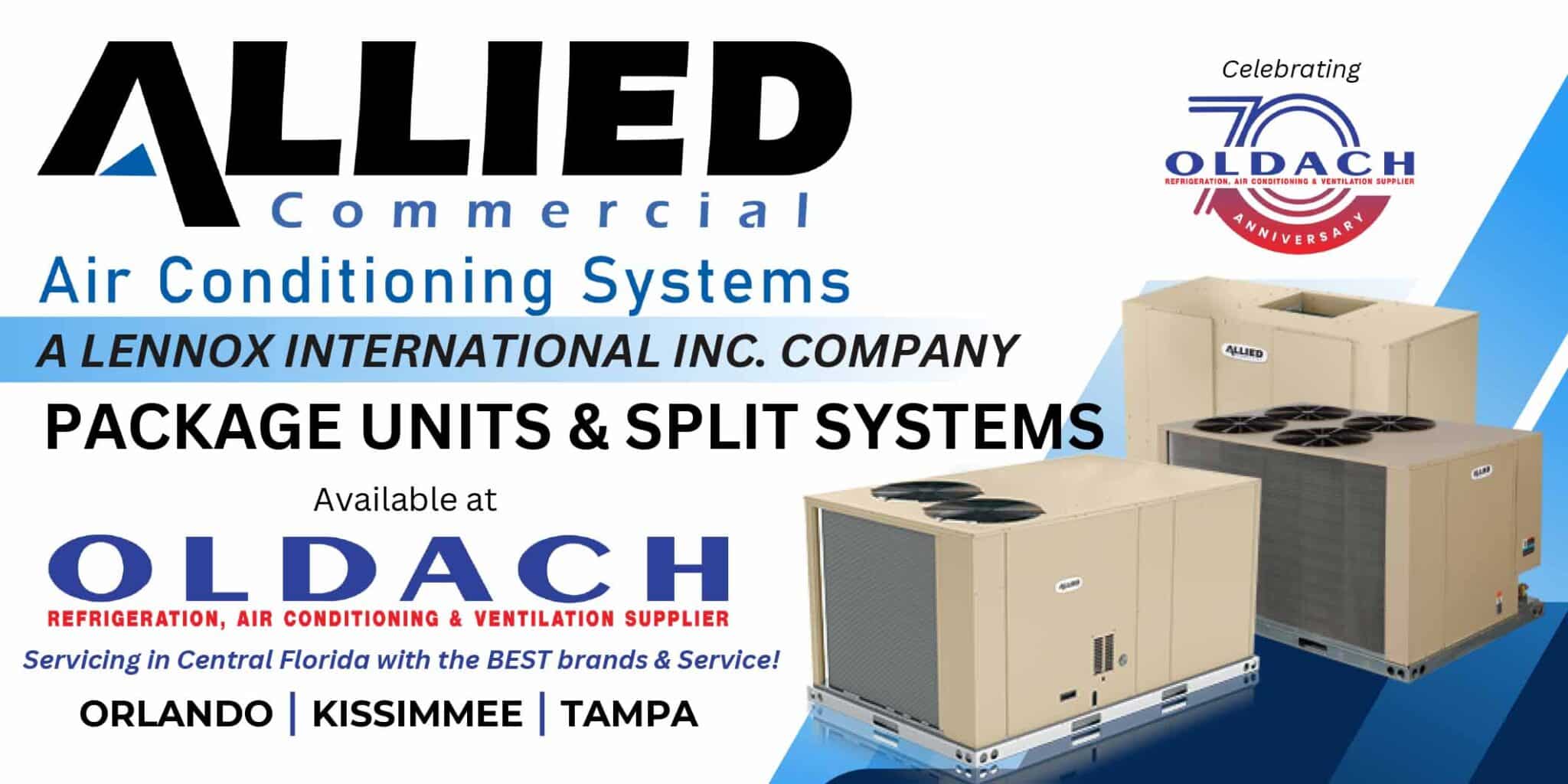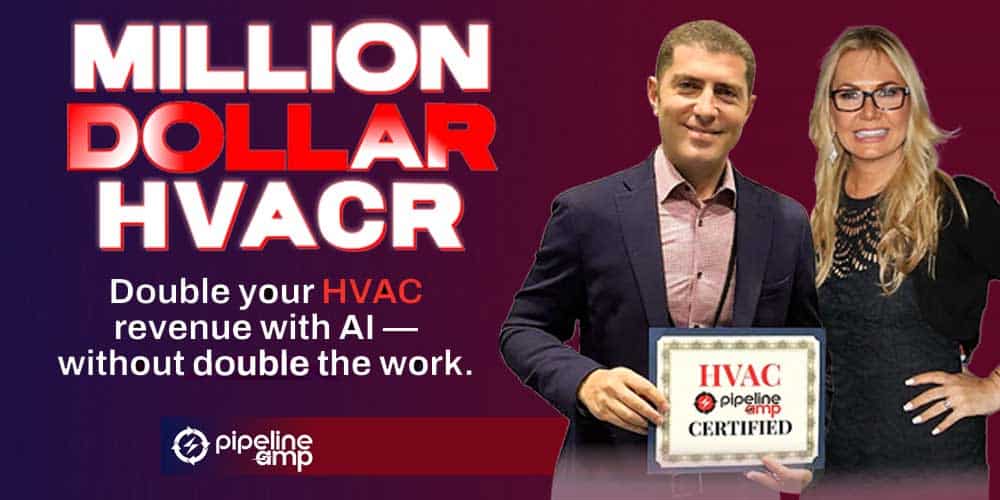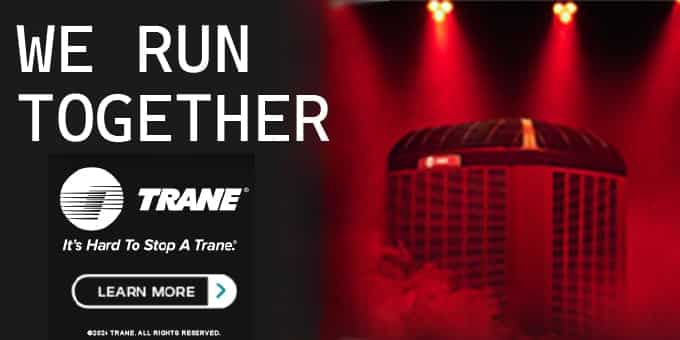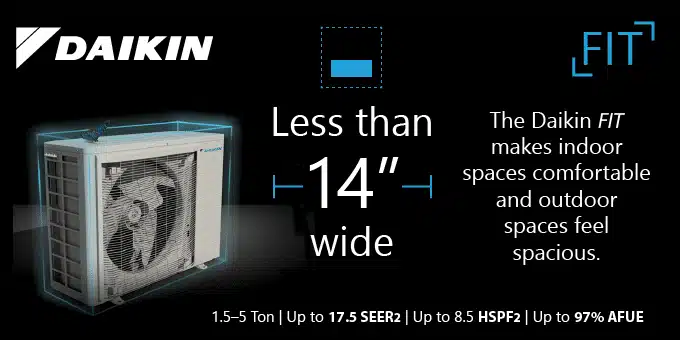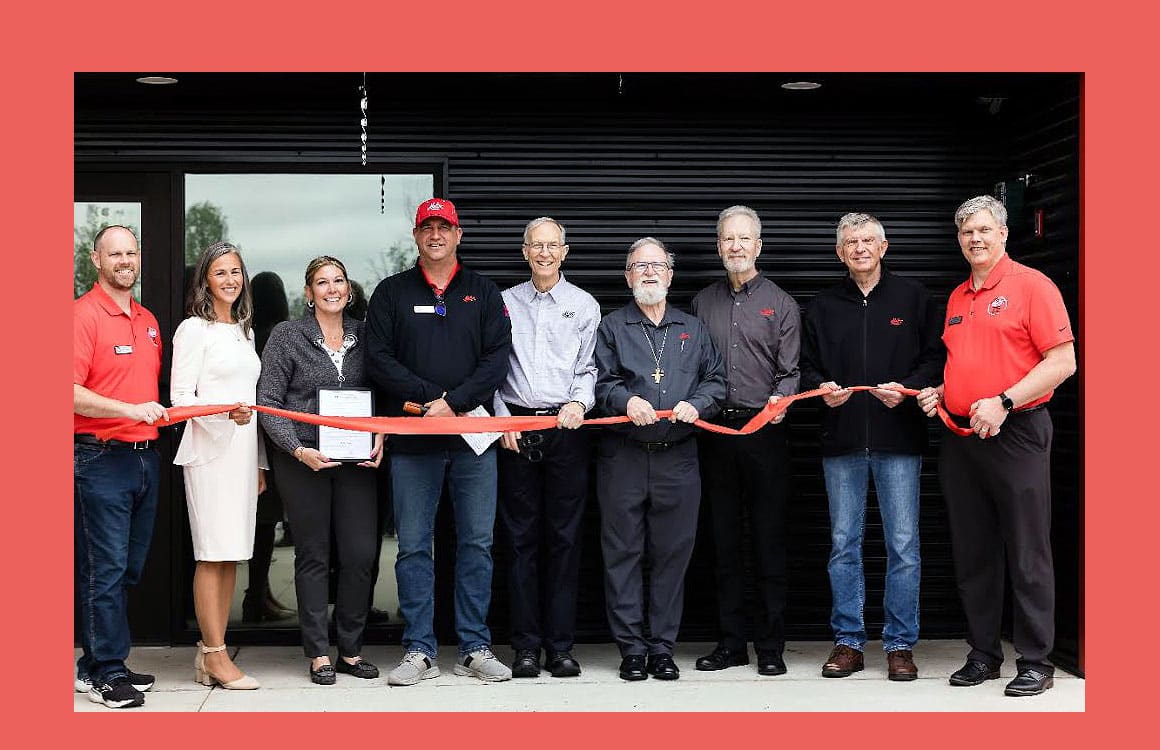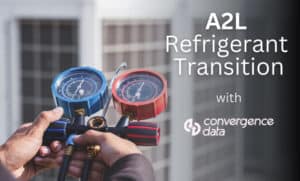 In October of 2023, the Environmental Protection Agency (EPA) proposed regulations for phasing down the use of many hydrofluorocarbons (HFCs) in new air conditioners and commercial refrigeration equipment down to 15% of their historic baseline by 2036. These regulations require manufacturers to transition to low-global warming potential (GWP) refrigerants in their product by January 1, 2026 if the equipment was manufactured or imported by January 1, 2025.
In October of 2023, the Environmental Protection Agency (EPA) proposed regulations for phasing down the use of many hydrofluorocarbons (HFCs) in new air conditioners and commercial refrigeration equipment down to 15% of their historic baseline by 2036. These regulations require manufacturers to transition to low-global warming potential (GWP) refrigerants in their product by January 1, 2026 if the equipment was manufactured or imported by January 1, 2025.
On June 19, 2024, the EPA proposed to allow one additional year to the provision of the Technology Transitions, until January 1, 2027, “solely, for the installation of new Variable Refrigerant Flow (VRF) systems using HFCs with a global warming potential of 700 or more, and where the components were manufactured in the U.S. or imported into the U.S. prior to January 1, 2026.” (EPA, 2024)
The most significant implication of these new regulations is that HVAC manufacturers will need to:
- Invest in research and development to create new products that meet the new regulatory standards
- Gain deeper visibility into their engineered parts and sellable product mix to determine which parts and sellable SKUs will be impacted
- Develop a game plan on how to remediate those parts and sellable SKUs that will not be in compliance
The standard manufacturing deadline of January 1, 2025, adds pressure on manufacturers and suppliers to move quickly toward compliance. As of June 2024, the state of Florida’s local government is not imposing any further restrictions. However, other states in your market may be approaching the phasedown more aggressively to battle climate change, suggesting that manufacturers should plan to exceed the limitations of the EPA to stay ahead of their inventory.
The changes in HVAC refrigerant usage created a massive regulatory and technological shift for commercial and residential HVAC and refrigeration products. This means:
- Manufacturers have redesigned their existing products to accommodate the new refrigerants and developed entirely new systems
- Consumers may need to replace their current HVAC systems earlier than expected, which can lead to additional costs
The new regulations have also impacted the HVAC industry’s supply chain. Refrigerant manufacturers ramped up production of low-GWP refrigerants after supply chain disruptions. HVAC installers will also need to be trained in the installation and maintenance of the new systems quickly, adding another layer of complexity and cost.
From a data management perspective, HVAC manufacturers have:
- Identified alternative refrigerants with lower GWP
- Gained visibility into existing data classification and attributes to pinpoint areas where engineering and design changes will be needed for existing HVAC products and systems
- Managed engineering and product data to ensure compliance with the new regulations, including product specifications, testing, validating new designs, and communicating these changes to customers and stakeholders
- Invested in new technologies and equipment to handle new refrigerants, impacting data management and business transformation strategies
Ultimately, the new regulations on refrigerants can have far-reaching implications for the HVAC industry, from increased costs for consumers, to manufacturer-to-supply chain disruptions, and increased workforce training requirements.
Capturing and maintaining critical metadata on parts and items will be critical to HVAC companies in managing these compliance requirements. From a distribution standpoint, when your product data is properly set up, your company will be able to easily adjust to the new regulations and any further changes and identify the areas that need to be addressed. Leveraging an industry-focused classification model that is intended for HVAC parts and products will help jumpstart your data governance initiatives and prepare your team for this and other material compliance initiatives.
As the HVAC-related legislature begins to take effect in the next 6 months, manufacturers and distributors need to be prepared and ensure their product data is in compliance. To stay up to date with regulation changes, be sure to subscribe to the ACprosite twice monthly newsletter.




